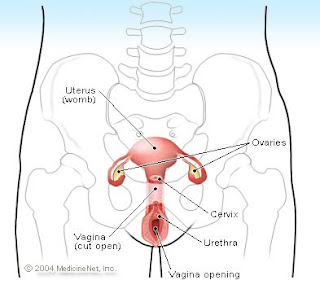Ever wonder how the universe could allow the existence of someone as annoying as your bratty little brother or sister? The answer lies in reproduction. If people — like your parents (ew!) — didn't reproduce, families would die out and the human race would cease to exist.
Reproduction
All living things reproduce. Reproduction — the process by which organisms make more organisms like themselves — is one of the things that set living things apart from nonliving matter. But even though the reproductive system is essential to keeping a species alive, unlike other body systems, it's not essential to keeping an individual alive.
In the human reproductive process, two kinds of sex cells, or gametes (pronounced: GAH-meetz), are involved. The male gamete, or sperm, and the female gamete, the egg or ovum, meet in the female's reproductive system. The female needs a male to fertilize her egg, even though it is she who carries offspring through pregnancy and childbirth. When the sperm fertilizes, or meets, the egg, this fertilized egg is called the zygote. The zygote goes through a process of becoming an embryo and developing into a fetus.
Humans, like other organisms, pass certain characteristics of themselves to the next generation through their genes, the special carriers of human traits. The genes that parents pass along to their children are what make children similar to others in their family, but they are also what make each child unique. These genes come from the father's sperm and the mother's egg, which are produced by the male and female reproductive systems.


No comments:
Post a Comment